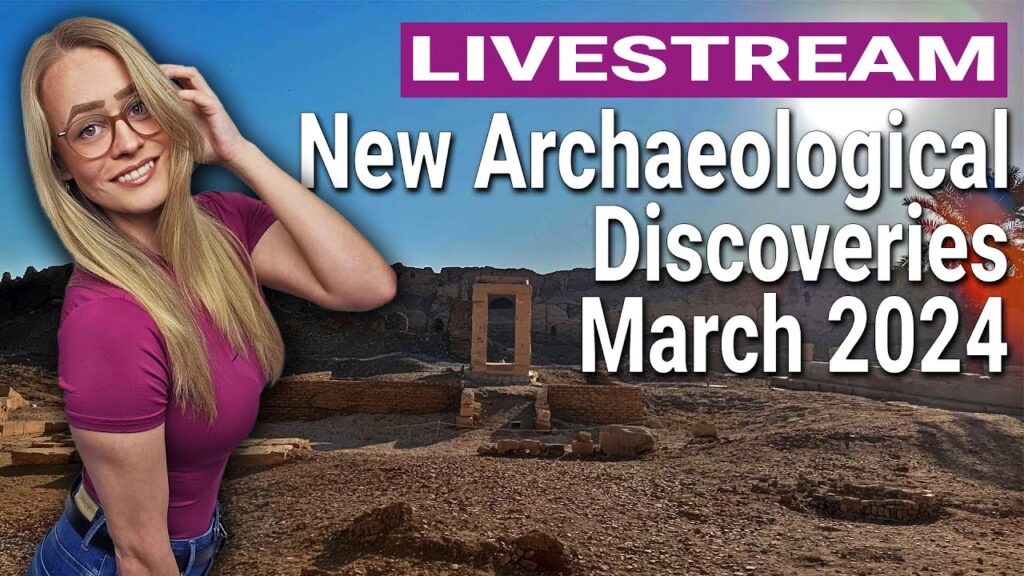Discover the Wonders: 24 Archaeological Wonders Awaiting You This Equinox
Mexico, a land steeped in a tapestry of history, invites you to experience the convergence of ancient civilizations and cosmic events. During the equinox, a period revered by the Maya and other pre-Columbian cultures, the earth’s position in relation to the sun creates a series of extraordinary phenomena across Mexico’s archaeological sites. The following wonders allow you to witness the alignment of astronomy and architecture, bringing mysticism and pre-Hispanic tales to life.
Chichen Itza – The Descent of Kukulkan
Among the most magnificent spectacles is the descent of the serpent god Kukulkan at the iconic Chichen Itza. Precisely engineered, the Temple of Kukulkan (El Castillo) casts a series of shadows on the equinox that resemble a serpent slithering along the staircase. Observers gather in droves to witness this breathtaking event, a testament to the Maya’s astronomical and architectural genius.
Teotihuacan – A Stairway to the Sky
North of today’s Mexico City lies Teotihuacan, once one of the largest cities in the ancient world. On the day of the equinox, visitors climb the imposing Pyramid of the Sun, some with the belief that at the top, they can harness cosmic energy. Standing at the pyramid’s peak provides panoramic views and an unmatched opportunity to connect with ancient Mesoamerican history.
Tulum – Coastal Temple Alignments
On the Yucatan Peninsula’s turquoise coast, the walled city of Tulum serves as a picturesque backdrop for the equinox. Synonymous with stunning sunrises, the site’s Temple of the Descending God aligns with the sun on this significant day, creating a visual spectacle that frames the deity’s descent to earth. It is a unique moment that showcases the blend of natural beauty and cultural heritage.
The Magic of the Equinox: Mexico’s Timeless Heritage Sites Open
Witnessing the equinox in Mexico is a spectacle of history and celestial precision seen nowhere else in the world. This natural phenomenon occurs twice a year and symbolizes the balanced harmony between day and night. In Mexico, ancient civilizations such as the Maya and the Aztecs recognized the significance of this astronomical event and left behind incredible structures that continue to astonish us with their sophisticated alignments during the equinox. From the mighty pyramids of Teotihuacan to the significant observatories in Monte Alban, each site offers a unique perspective on how these pre-Columbian cultures understood their universe.
The most famous of these sites is the Kukulkan Pyramid at Chichen Itza. On the days of the equinox, the late afternoon sun casts a series of shadows along the pyramid’s staircase, creating the illusion of a snake slithering down the steps. This event, known as the «Descent of Kukulkan», draws thousands of visitors from around the globe yearning to witness the union of architecture, astronomy, and mythology. The light and shadow trickery, a result of precise design and orientation, is a testament to the Maya’s advanced understanding of science and their astronomical acumen.
Equally intriguing is the ancient Zapotec city of Monte Alban. Located in the valleys of Oaxaca, the site offers a mesmerizing view of the heavens lining up with their grand structures during the equinox. The Main Plaza here becomes a stage where the sun rises and sets in direct alignment with the cardinal points, perfectly framed by the observatory buildings. The phenomenon offers a moment of awe as it bridges the modern spectator with the spiritual and astronomical insights of the Zapotecs.
El Tajin in Veracruz is another monumental site associated with the equinox. While less known, the feathered serpent god Quetzalcoatl is honored here in a dazzling display where light intersects with shadows to suggest the body of the deity undulating along the balustrades of the pyramids. Unlike the high-profile Chichen Itza, El Tajin offers a quieter, more introspective experience for those who seek the magic of the equinox amidst the whispers of ancient rituals and the solitude of nature that still envelops the ruins.
Embark on a Journey to Mexico’s Ancient Civilizations This March 21st
As the sun rises on the equinox, Mexico springs to life with celebrations that honor the heritage of its ancient civilizations. The rich tapestry of Mexico’s history is unraveled through the spectacles held at the monumental pyramids and ruins that once formed the centers of Mayan and Aztec life. On March 21st, adventurers and history enthusiasts alike can immerse themselves in the mystery and grandeur of the past, as they stand among the same structures where ceremonies and daily activities took place centuries ago.
One cannot talk about Mexico’s ancient civilizations without mentioning the iconic Chichen Itza. The Kukulkan Pyramid, known as El Castillo, becomes a visual canvas for a stunning natural phenomenon on the spring equinox. As the day progresses, an effect of light and shadow creates the illusion of a serpent crawling down the pyramid steps. This rare spectacle is a must-see event that attracts thousands of visitors, symbolizing the descent of Kukulcan, the feathered serpent god, and showcasing the Mayans’ astronomical prowess.
Another breathtaking site to visit on this day is Teotihuacan. Home to the monumental Pyramids of the Sun and Moon, this ancient city offers a glimpse into the lives of another of Mexico’s indigenous peoples. Climbing to the top of the Pyramid of the Sun at dawn allows for a panoramic view of the surroundings and an unforgettable experience of witnessing the equinox as the ancient Teotihuacans did. The site is often filled with spiritual and cultural activities, honoring the ingenuity and beliefs of its builders.
For a more contemplative visit, the ruins of Palenque in Chiapas provide a serene backdrop for reflection on the former might of the Maya. The Temple of Inscriptions, housing the tomb of the great ruler Pakal, stands as a testament to their advanced understanding of construction and hieroglyphic communication. Visitors are invited to explore the complex of temples and palaces, and if one listens closely, the whispers of the past seem to echo through the corridors of time, enriching the air with history and intrigue.
Prepare for an Unforgettable Equinox: Mexico’s Archaeological Sites Awaken
As the spring equinox approaches, an air of anticipation blankets Mexico’s ancient archaeological sites. This is a time when the brilliance of Mayan astronomy and the mystique of past civilizations step into the light. People from around the world gather at sites like Chichen Itza, where the play of sun and shadow on the El Castillo pyramid creates the illusion of a serpent slithering down its steps—a visual testimony to the Mayan’s ingenuity.
The equinox isn’t just about Chichen Itza. Many other Mesoamerican archaeological treasures come alive during this period. At the less-crowded Dzibilchaltún, visitors can witness the Temple of the Seven Dolls where the sun rises precisely through the doorway during the equinox, inviting a moment of awe. Each site offers its own unique equinox celebration, revealing the depth and sophistication of the cultures that once flourished here.
Embarking on this equinox journey across Mexico’s archaeological sites is an opportunity to connect with history and cosmos alike. Whether it’s the early morning stillness broken by the solar alignment at Teotihuacan or the evening festivity as night descends over Monte Alban, the experience is transformative. These moments of celestial and archaeological wonder underscore the timelessness of human pursuit of knowledge and harmony with the natural world.



